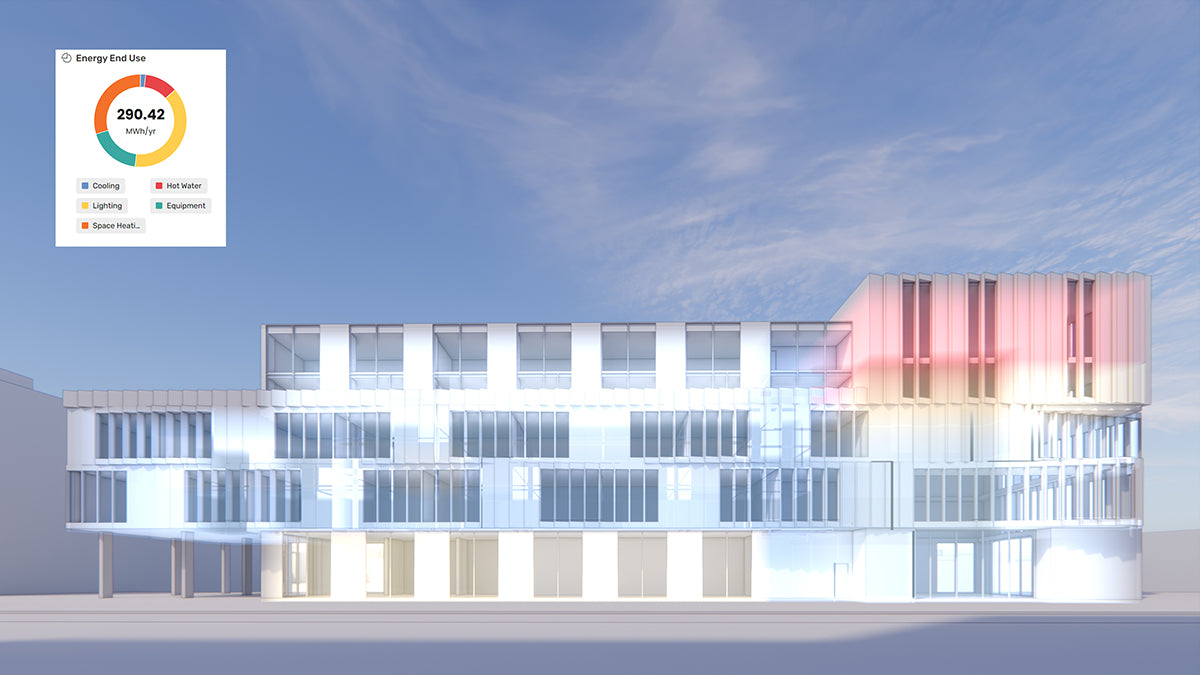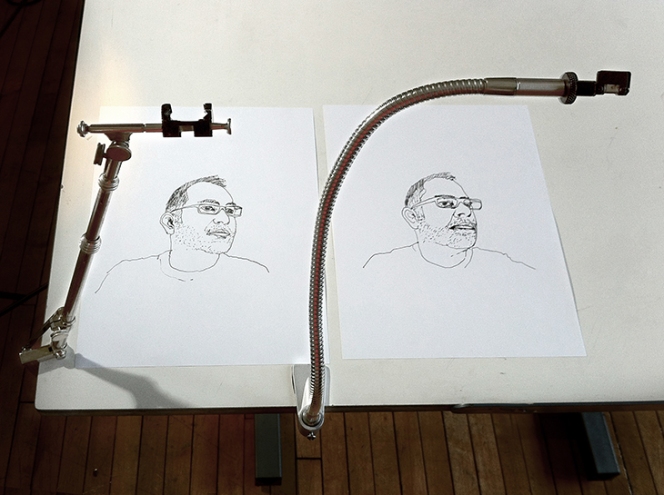Your Cart is Empty
Customer Testimonials
-
"Great customer service. The folks at Novedge were super helpful in navigating a somewhat complicated order including software upgrades and serial numbers in various stages of inactivity. They were friendly and helpful throughout the process.."
Ruben Ruckmark
"Quick & very helpful. We have been using Novedge for years and are very happy with their quick service when we need to make a purchase and excellent support resolving any issues."
Will Woodson
"Scott is the best. He reminds me about subscriptions dates, guides me in the correct direction for updates. He always responds promptly to me. He is literally the reason I continue to work with Novedge and will do so in the future."
Edward Mchugh
"Calvin Lok is “the man”. After my purchase of Sketchup 2021, he called me and provided step-by-step instructions to ease me through difficulties I was having with the setup of my new software."
Mike Borzage
The Edge: The Neolucida’s Way of Seeing
May 31, 2013 4 min read
The NeoLucida sold out on Kickstarter. If you haven't heard about it yet, today we talk to one of its creators, Pablo Garcia, about the inspiration behind it and his hopes for the future.
Novedge: Tell us a bit about who you and Golan are and what you do
Pablo Garcia: I am Assistant Professor in the Department of Contemporary Practices at the School of the Art Institute of Chicago. Golan Levin is Associate Professor of Computation Arts at Carnegie Mellon University.
Pablo Garcia and Golan Levin
Novedge: Why bring back the camera lucida now? Why design a new portable camera lucida?
Pablo Garcia: We came at this project from a few angles. We both work in a contemporary art and design world, where the relationship between technology and our craft is a necessary component of our work. We also have deep interests in the misunderstood or under-appreciated historical connections between art and technology. The computer and high tech tools are only the most recent developments in a long-standing dialogue between technology and art. But to have this conversation—to expose artists and designers to technology from the past—people have to have access to the tools from the past. It's one thing to read about a machine from 1800; a very different thing to use a machine from 1800. But the camera lucida, as important as it is to the history of art, is rare now. It's a vintage collectible, fetching $300-400 on eBay. This prevents the average art student from rolling up their sleeves and trying it out. So we set out to make an affordable—yet authentic—camera lucida.
//player.vimeo.com/video/65598441
NeoLucida from STUDIO for Creative Inquiry on Vimeo.
We also have students who think drawing using mechanical or optical devices is "cheating." That the purity of drawing by eye is the most important thing. It ignores the long standing connection between art, science, and technology. Putting the NeoLucida in the hands of as many students as possible will hopefully foster an informed conversation about this "purity myth."
David Hockney's book Secret Knowledge generated an intense debate about the Old Masters and their access to optical tools to aid their art. Like our students, some very expert historians refuted the theory on the grounds of "cheating" or belittling the magical powers of art's greatest figures. While we are supporters of Hockney and his thesis based on personal experience, if we put the NeoLucida in a lot of hands, people can start to draw conclusions for themselves about how past artists used technology and how they may have seen the world.
All of these are motivations for bringing the camera lucida back. All in all, it's about empowering an entire community of artists, designers, scientists, makers, and students of all ages to investigate an new way of seeing. Even though that way of seeing is actually almost 200 years old.
Novedge: Who are some of the artists who have used such technology that have inspired you, or that inspire you at the moment?
Pablo Garcia: Any artist who used a camera lucida as part of their everyday practice is long dead. Some artists in recent years may have used one, but there isn't much record of it. Andy Warhol, in working on his pop icons of food used actual projectors—not a camera lucida, but a tracing method akin to the prismatic effects of the 200 year old tool. David Hockney used a camera lucida for his investigations into older drawing methods, but it isn't clear that he is using the camera lucida in his art practice.
From the past, I have seen wonderful examples of camera lucida drawings. The scientific illustrations of the early 19th century are particularly amazing, enabled by the copying potential of the camera lucida. James Audubon's son reduced his father's original gigantic bird illustrations to prepare a smaller version of Birds of America. I have also been a longtime admirer of archaeological renderings, like those by Frederick Catherwood. Super gorgeous details. And although speculative, the fine pencil work of Ingres and of Christen Købke are among the finest in the world (it is unclear whether they used a camera lucida, but there is evidence suggesting they did). To me, the master is Sir John Herschel. A famous astronomer, he was an outstanding art talent as well. He used his camera lucida to make renderings of his travels as he built observatories for King and Empire in the mid 1800s. I own two books of his drawings and treasure their amazing skill. See more about some historical examples on our NeoLucida page.
Novedge: Pablo, your work is a constant dialogue between the latest technologies and what we consider "classical" art. How did you become interested in this topic? What fascinates you about it?
Pablo Garcia: Part of this obsession perhaps comes from my age. I was born in an analog time, and it wasn't until college—when the World Wide Web debuted and email became a thing you had—that I was introduced to digital life. I was not an "early adopter" as some friends were. I didn't build my own computer or learn about coding at a young age. I drew with a pencil and if I wanted to make something, it was by hand. College and Grad School exposed me to digital tech and I became fascinated by the similarities and differences to older techniques; I was myself adjusting to new methods. I also have a deep fondness for learning about history. So maybe it's an inevitable collision to put the past and the present together.
Novedge: How does teaching inform your art practice and vice versa?
Pablo Garcia: There's no better way to learn than to teach. It keeps me fresh and near students and adults who are always making and thinking. It keeps me from stagnating and perpetually gives me fodder for new project ideas.
Novedge:How do Artists measure success?
Pablo Garcia: I have no idea. A runaway Kickstarter success is but a tiny confirmation that we have made something successful. I'll let you know if I ever feel complete success.
Would you to read more about the NeoLucida? Check the official website and Kickstarter page.
See more of Pablo's and Golan's work on their websites here and here.
Are you on Twitter? Don't forget to follow Novedge.
Also in NOVEDGE Blog

How the AEC Industry Shifted Towards Essential Sustainable Building Design
August 15, 2024 4 min read
Read More
Unlocking New Realms of Design with Enscape 4.1: Introducing Impact Add-on and Lot More
August 02, 2024 2 min read
Read More
Explore Autodesk Revit 2025.2: New Features and Enhancements for Enhanced BIM Workflows
July 30, 2024 3 min read
Read MoreSubscribe
Sign up to get the latest on sales, new releases and more …







